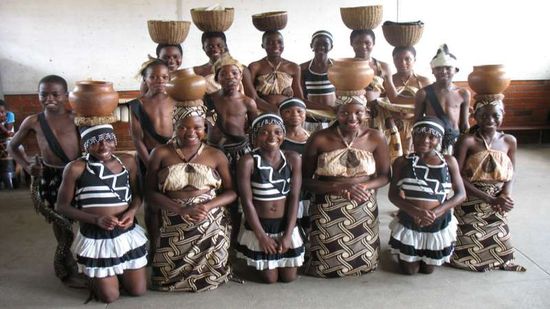About Zimbabwe
Zimbabwe, formerly Rhodesia, is a landlocked country in southern Africa. It borders South Africa, Botswana, Zambia, and Mozambique. English, Shona, and Ndebele are among the country’s most spoken national languages. The 2019 population is estimated at 17.30 million, an increase from the 2013 estimate of 14.09 million, and the country ranks 68th in the world.
History
A civilization occupied the area by the Middle Ages. Trade developed in the early 10th century with Muslim merchants. This helped develop the Mapungubwe kingdom in the 11th century.
Pre-Colonial Era (1000–1887)
Great Zimbabwe is a ruined city in the south-eastern hills of Zimbabwe near Lake Mutirikwe and the town of Masvingo. It was the capital of the Kingdom of Zimbabwe during the country’s Late Iron Age. Construction on the city began in the 11th century and continued until it was abandoned in the 15th century. The edifices were erected by the ancestral Shona. The stone city spans an area of 7.22 square kilometres (1,780 acres) which, at its peak, could have housed up to 18,000 people.It is recognised as a World Heritage site by UNESCO.
Great Zimbabwe is believed to have served as a royal palace for the local monarch. As such, it would have been used as the seat of political power. Among the edifice’s most prominent features were its walls, some of which were over five metres high. They were constructed without mortar (dry stone). Eventually, the city was abandoned and fell into ruin.

